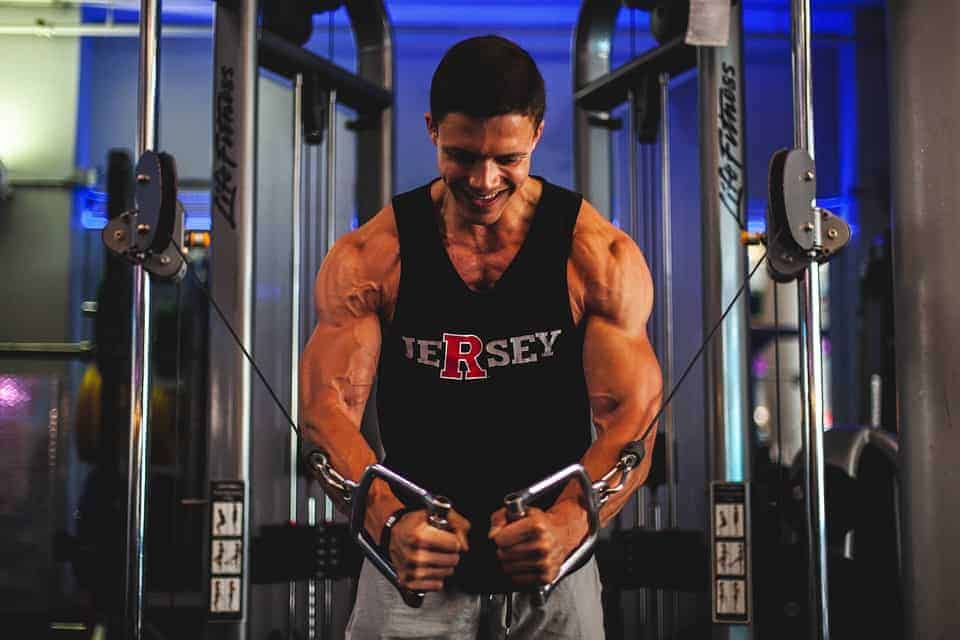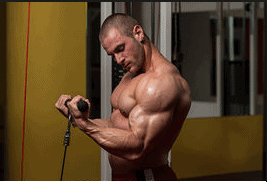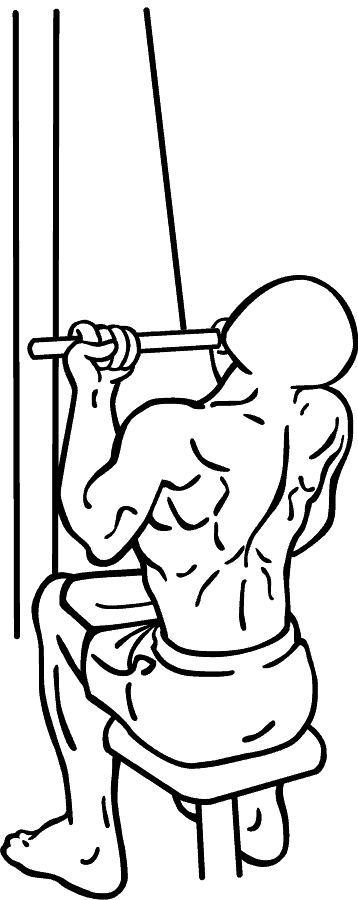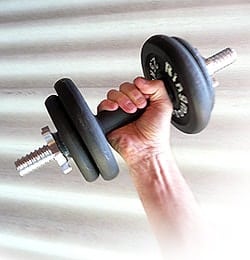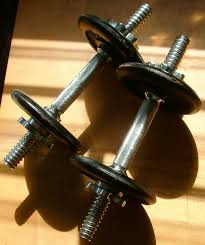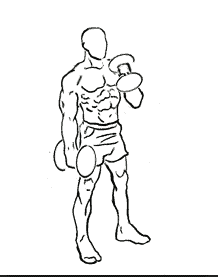This article is all about the best diets for muscle building and maintenance. Often times we do not consider some factors in our journey to building muscles. We just dive into what we know, like exercising and not really paying or giving much attention to what we eat.
Eating properly will surely go a long way to ensure that we obtain good health and fitness as we pursue to build good muscles. Even, good supplements are advisable to help in bringing out that muscle you yearn for. But this write-up is not about supplements, but about diets.
Table of Contents
What Are The Kind Of Foods To Be Taking As A Body Builder?
Protein! YES, protein should be one of your diet plans. Plenty of protein. It is proven that you need about 1 to 1.5 times your body weight in grams of protein. Should you be weighing around 150 pounds, you are expected to eat about 150 to 225 grams per day, if you really want to see results with your workouts.
The protein-enriched foods are as follows:
- Pork, Red Meat, Lamb, Bison, Venison and so on and so forth.
- Salmon Fish, Swordfish, Bass, Tuna, Trout, Mackerel, etc.
- Chicken Breast, Duck, Turkey, etc.
- Milk, Yogurt, Cottage Cheese, etc.
- White egg, without the yolk, or you can have 1 egg a day, is healthy.
What If I Am Overweight?
In case you are overweight, you can use whatever bodyweight you desire to substitute your own body weight to calculate in grams.
How Do I Know The Quantity Of Protein I Take?
Well, this is a very relevant question anybody would want to know, except if you already know how to determine the quantity of protein you take. However,1 ounce of meat is believed to be equal to 6 to 7 grams, with beef and fish in the higher range. 8 ounces of milk is about 12 grams of protein and a cup of yogurt is about 22 grams of protein.
Include Carbohydrates in your diet plan
In as much as protein is highly required for muscle building, you also need some carbohydrates. You need the energy it will provide, such as ‘glycogen’ that is stored in your muscles while you are exercising.
Funny enough, when the body does not get enough carbohydrates it will break and feed on the muscles instead, and you don’t want that to happen. So to build muscles, your diet must contain a good and sizable amount of carbohydrates, such that you will be able to get about 1500 calories per day.
Such carbohydrates recommended are as follows:
- Quinoa
- Rolled Oats
- Brown Basmati Rice
- Wholemeal Rye Bread
- Wholemeal Spaghetti
Do Not Take Saturated Fats
Stay away from saturated fats such as ice cream, candy bars, and processed snack foods. High-fat slice of meat, lard, stick margarine, and fried foods.
Instead go for healthy fats such as Fish, Nuts, Flax-seed and pumpkin seeds, olive, peanut, sunflower, canola, avocado oils, soy milk, tofu, etc.
Have your eyes on fiber
Fiber is yet another essential food that needs to be taken. It is important that we include vegetables in our diets such as broccoli and spinach, in order to get the required amount of vitamins.
Water
Water is one thing that mustn’t be ignored. The body should always be kept hydrated at all times. Therefore, water should be taken as often as possible every day.
Dehydration can result in poor muscles recovery. Sip water during workouts and drink water throughout the rest of the day. 3 liters of water is recommended for men per day, while 2.2 liters for women per day.
Water is good and healthy, and fortunately free too. Do not wait until you are thirsty before you drink. Ensure to make your water free from contamination and filter if necessary.
Conclusion
There is nothing like doing what you ought to do in order to get results with your workouts. Eating right, exercising right, will consequently result to perfect results.
And you may want to take a look at the supplements that could help you develop fast or a book by Arnold Schwarzenegger, that is designed to help in an outstanding way with various aspects of bodybuilding covered.
Take that leap to succeed!
I am a health and fitness enthusiast. I take anything and everything that improves my health seriously. Hence, I try to share my knowledge in helping people that wish to up their health status to one that enables them to live strong with confidence.
We also review health and fitness equipment such as treadmills, elliptical trainers, spin bikes. recumbent bikes and many more.
